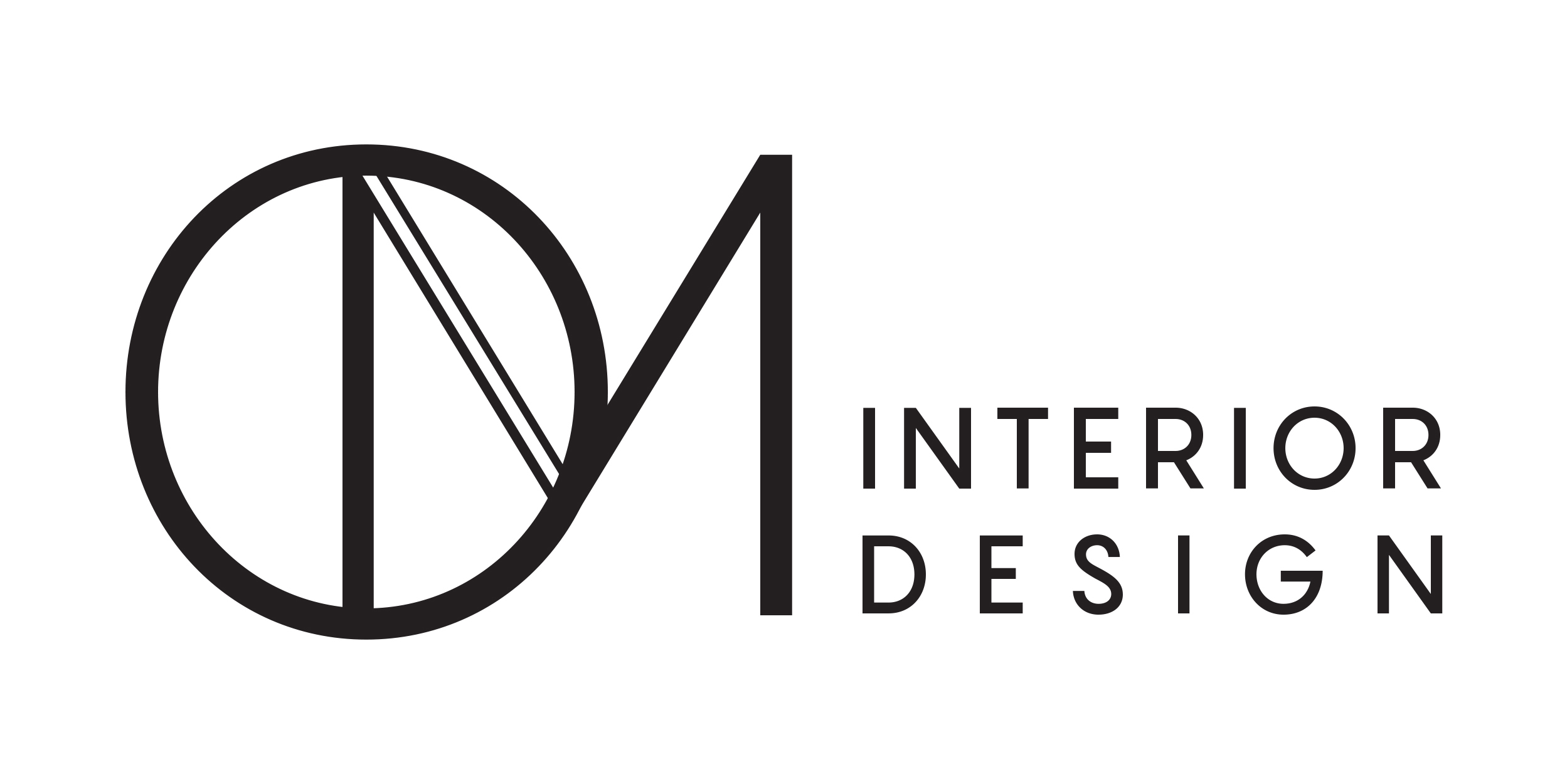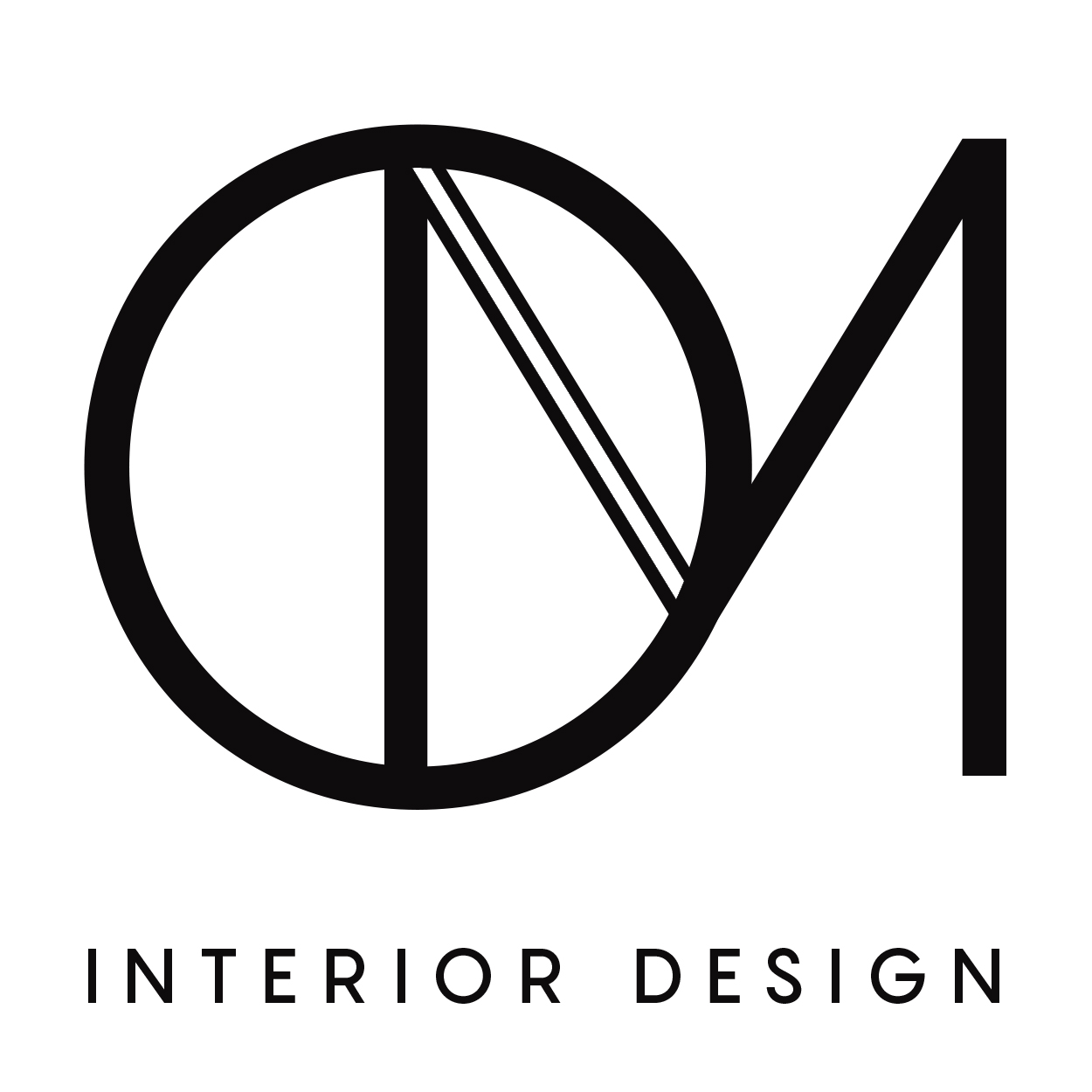This is a fantastic example of the transformation of the abandoned warehouse and ruined factories, that became so fashionable nowadays. It is a project by Danish architect David Thulstrup has turned a former factory building in Copenhagen into a house for a photographer.
Three original brick boundary walls of the old building, recently used as a garage, were not only preserved, but taken as a guideline to the general design concept. The project is strongly enriched by the obvious love to materials – both rough and worn out, as well brand new and perfect. Well-balanced materials combinations are reinforced by strong accents like blocks of color, light, and reflections.
As the building had typically few windows, the architect solved the problem by an architectural twist: a glass-walled atrium was dropped down through the center of the building volume and floods all three floors of the residence with natural light. As the client wanted to have a garden within the house, so the atrium was populated with grasses, plants and a tree that is visible from all three floors – “the green heart of the house.”
Before starting the project both David Thulstrup and the photographer, Peter Krasilinikoff revised in detail the scenarios, images, perspectives, focal points, material combinations and openings to nature, the project will generate. “The atrium contains expanses of dark mirror paneling, creating the appearance of a far larger internal space and enhanced lighting effect,” says the architect. “The mirror paneling is detailed and applied in such a way that it achieves an appearance of continuity and is extremely effective at drawing light and an appearance of space into the lower levels of the building, despite the compact footprint of the atrium.” Glazing dominates to offer the kitchen, dining and living room, which are arranged around the atrium for plenty of light.
Materials on the ground floor were chosen to complement the restored brick walls. Blackened steel panels cover the walls of the kitchen, which features a terrazzo island.
In the dining room, floor-to-ceiling curtains are made from dark navy and aubergine velvet, manufactured by Danish brand Kvadrat. These contrast with the raw finish of a poured floor.
A central staircase of perforated, blackened steel wraps the atrium, which has an exterior of Dinesen oak panels. There are more wooden details on the mezzanine level above, which features light oak flooring and walls, and pale grey curtains.
This floor accommodates the master bedroom, with a terrazzo-lined en-suite bathroom, storage, and a wardrobe.
On the second floor, a glass office room leads to a heavily planted rooftop garden featuring wooden flooring and covered seating.
From here, it is possible to view the exterior of the building, which is clad in vertical strips of Brazilian hardwood that will weather to a pale silvery grey over time.















Heidayzed
11 August 2021cialis tablets for sale